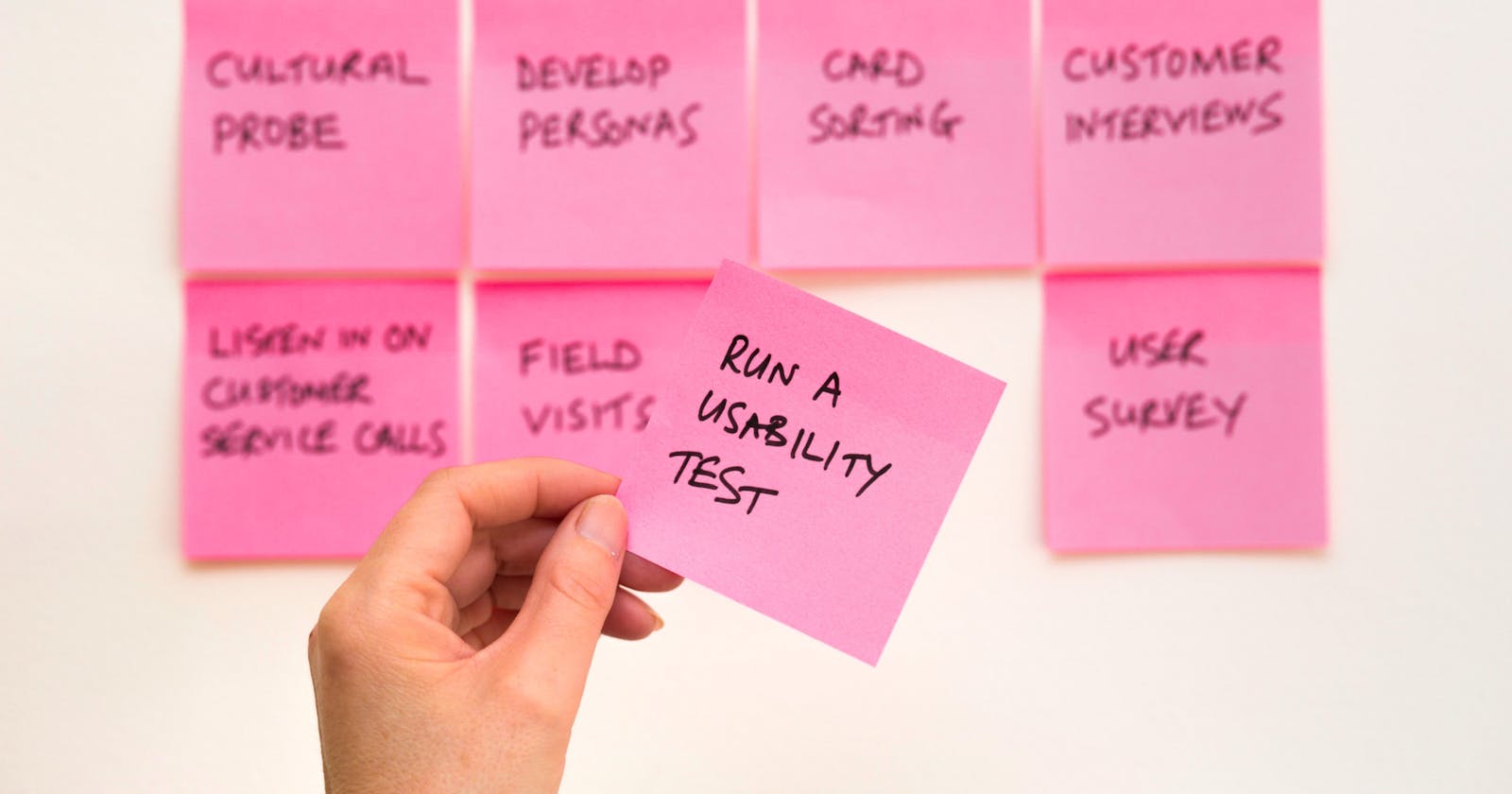User Centred Design
Steps and points to consider to ensure that a product is user centred.
Hi There,
This week, we’ll talk about user centred design, steps to take and also some points to consider while designing a product in order for it to reach as many users as it should.
But first, if you are new here, welcome! Please do well to check my previous articles below and also follow this blog so that you won't miss out on the weekly articles.
UX Categories, Career paths in UX, The Gestalt principles, Deceptive patterns in UX
Let's get right into it.
As a UX designer, you should always have this in mind. “It's never about you but about the solution”. It is important for you to understand that the principal purpose of a product is to solve a particular problem or to meet a specific need.
If a product is not usable by the users that it was created for, then it simply means that the product was not created with the users in mind. This means it is not user centred.
To ensure that your product is user centred, there are primarily 4 steps to take;
UNDERSTAND
It is important for you to understand the product you are building and the exact problem or need that it will be created to solve. It is also very important for you to understand the users and how they will be able to interact and navigate through it efficiently. This can be achieved by conducting proper research.
SPECIFY
Once you understand the project, you will need to specify the context of use. This means that you will need to identify the users of this product and how they will use the product. You also need to specify the requirements or user goals that must be met for the product to be successful.
DESIGN This involves collecting all the information and requirements that was gained from the previous steps and converting them to high fidelity prototypes which gives the users a practical example of how the product will look like or feel once it is developed and ready for use. It is important to note that the processes in this stage are iterative up until a final product is designed.
steps in design includes:
Wireframing
Low-fidelity prototypes
High-fidelity prototypes
Each of these processes can be iterated.
EVALUATION
This involves evaluating the design to know if it meets the users needs by conducting a usability test with actual users. This helps you to know exactly where the product is lagging. If a lag is found, then the design is re-iterated until it achieves its goals If the prototype passes the usability test, then it can be moved to the development stage.
To reach as many users as possible, you must consider the following questions.
- How familiar are your users with this technology?
- How will your users access this product or services that you are offering?
- Who are your potential users?
- Are you solving the right problem?
- Do your users have disabilities? These disabilities can either be temporary, situational or permanent?
- How are your users accessing this product or service?
Keeping your users' interests at the centre of the product helps the problem solving process more articulate and efficient and above all, it ensures that your users are happy while using your product which in turn yields more referral and more profit on that product.
Please do well to share your thoughts with me in the comment section.
Connect with me on Twitter, Instagram, Linkedin and Github.
I hope you found this article helpful.
Until my next post, bye for now.
